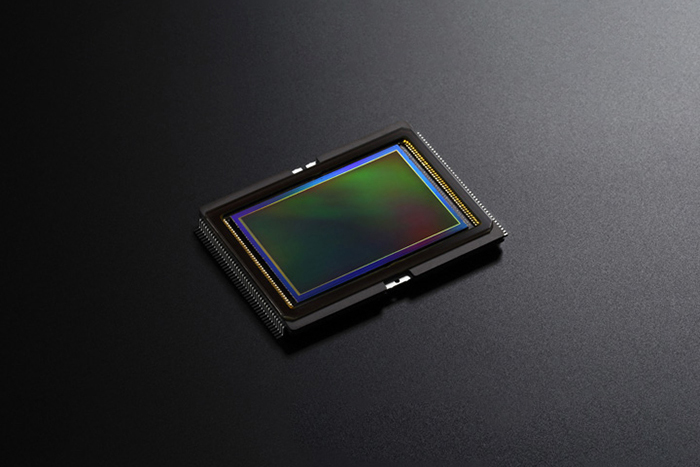
The four sensors use OmniVision’s second-generation PureCel Plus and PureCel Plus-S pixel technologies to achieve the increase in performance.
To increase dynamic range, OmniVision has increased full-well capacity (FWC), meaning each pixel is capable of collecting more light before clipping of the highlights begins to occur. This improvement is said to increase dynamic range by 20 percent over the previous generation.
In addition to improved overall dynamic range, OmniVision also utilizes a new high dynamic range technology it calls zHDR. This unique method of capture records two separate exposures simultaneously by dividing the pixels in a zigzag pattern on the sensor — the inspiration behind the “z” prefix in zHDR. One section captures the image slightly underexposed, while the other captures a slightly overexposed image. The data from these two images is intelligently synced together to create a photograph with even more dynamic range than it’s natively capable of.
The pixels on the new sensors are arranged in a new structure that improves light acquisition while simultaneously reducing noise. This is done through a new composite metal grid (CMG) design with deep trench isolation (DTI), which reduces light contamination from one pixel to the next.
OmniVision claims these two technologies should result in 12.5 percent improvement in light sensitivity. This should come in handy for those times when you’re trying to capture an image in a less-than-ideal lighting situation.
The sensors come in two different resolutions: 16 megapixel and 20 megapixel, and are offered in ‘4C’ versions that include a different filter array that makes it possible to improve low-light capability even further, but at the cost of resolution. Like the previous generation sensors, these utilize phase detection autofocus and are capable of recording 4K video.
OmniVision says it anticipates the sensors will be primed and ready for smartphone production in the first quarter of 2017.




